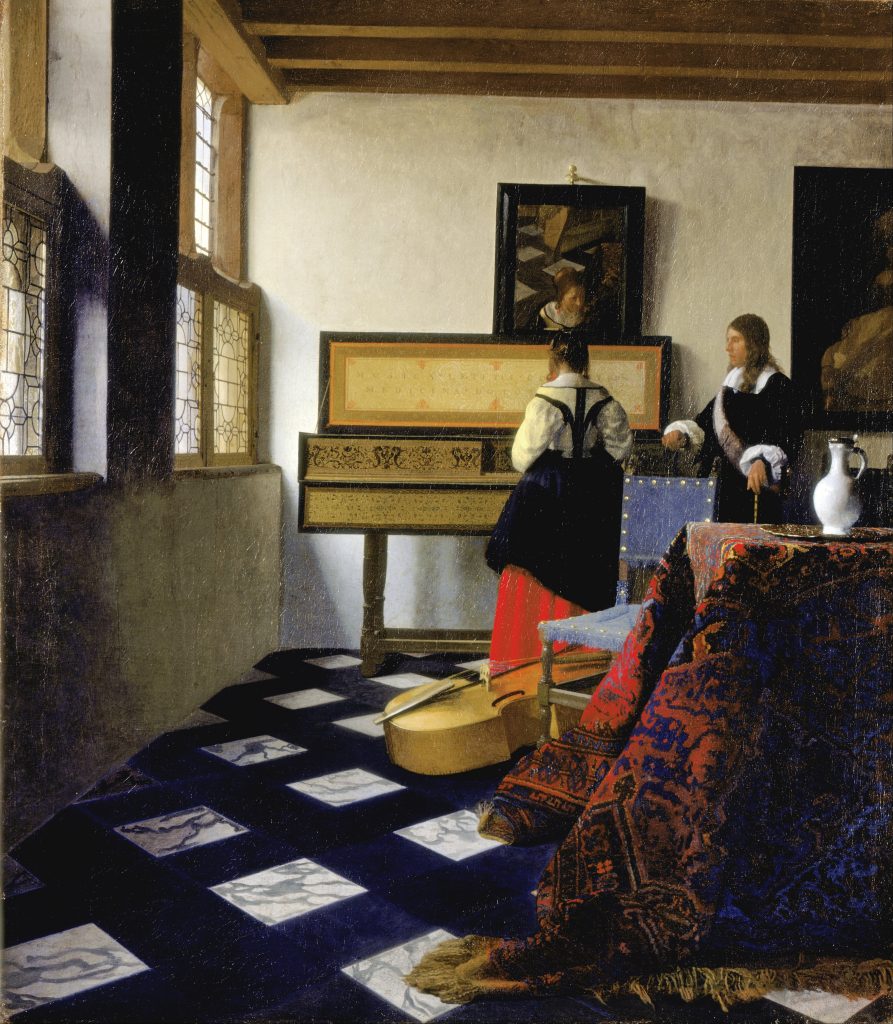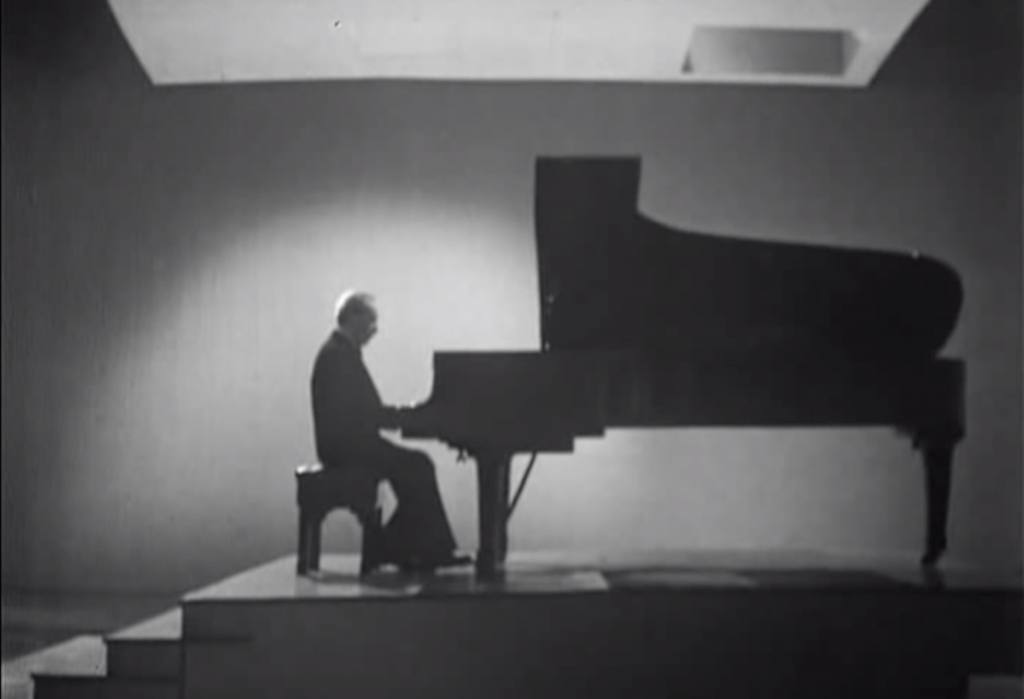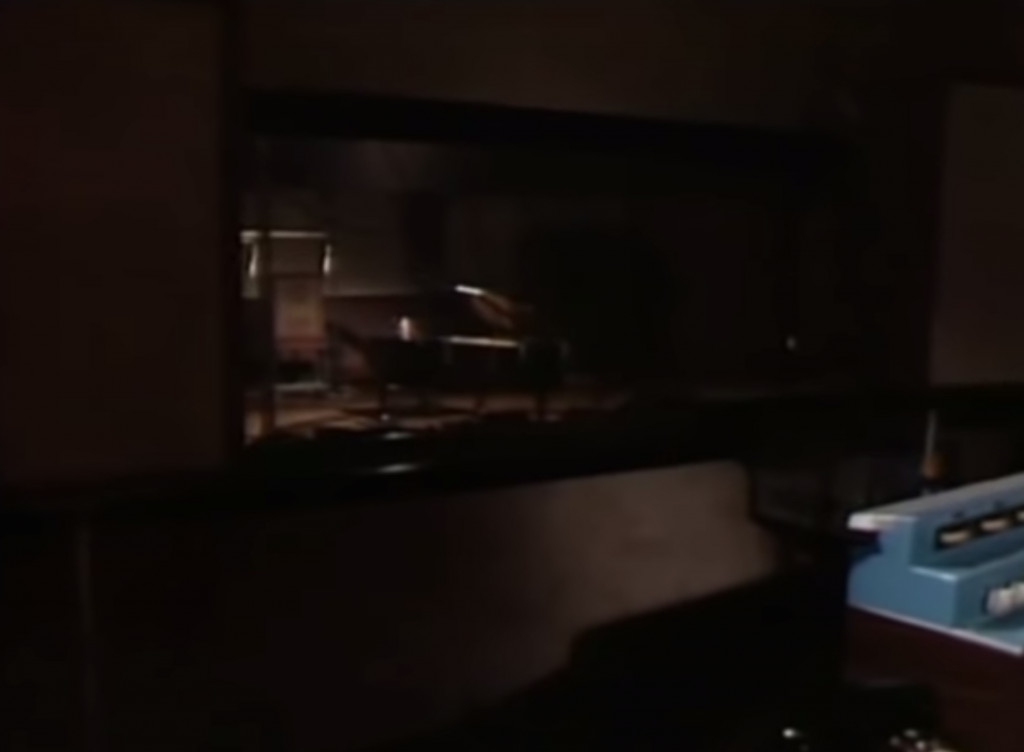Though Florida-based classically-trained hip-hop duo Black Violin may not have a huge following, middle school me circa-2010 was a big fan. I have distinctive memories of listening to Black Violin’s “Brandenburg” on my first-generation Zune 30 while trudging through the snow to after school swim practice. Years have passed since then, but I can probably credit Black Violin for giving me some of my earliest tastes of classical instruments in a non-classical setting, and something like that can be huge for a young sixth grader just starting out on the violin.
Breaking down Bach
The music video opens up with a pretty tame performance of the theme from Bach’s 3rd Brandenburg Concerto.
This is interspersed with depictions of typical upper class symphony-goers–old men and women dressed to the nines, one woman asking “Bonnie, are you ready for the symphony?”–juxtaposed with shots of more casually dressed concert goers who appear more in line with the hip hop video that takes over around (00:40).
It’s this juxtaposition that serves as the thematic thrust for the video, shot in a style mimicking hip-hop videos from the 90’s and early 2000’s, like this video for Snoop Dogg’s 1994 “Gin and Juice”:
Notably, Kev Marcus and Wil B (the two members of Black Violin) are dressed in tuxedos on stage until about (01:00), where suddenly (through camera magic) they are wearing deconstructed, “hood-appropriate” outfits to denote the dramatic change of style in the music. At this point, the music includes record scratches and synthetic beats to accompany the more syncopated and swung rhythms in a hip-hop version of the Brandenburg theme. The two different kinds of audience members are dancing at this point, with the more “hood” attendees pulling the stuffy old folks up out of their seats (and their comfort zones).
Also in line with the hip-hop style Black Violin is going for is their use of the Brandenburg theme. For about a minute and a half, they loop their stylized rendition of the theme, using it as just another track over which other tracks–beats, vocal patterns, etc.–are layered. The New Penguin Dictionary defines multitracking as the “[technique] by which recordings are made separately and then combined.”
Authentic re-purposing
Interspersed in between sections of the looped Brandenburg theme are two “interludes” at (01:44) and (02:25), containing secondary themes, or variations on the same theme, more virtuosic and improvisatory in sound (a.k.a. with more leaps, repeated intervals, running eighth-notes). At (03:10), there’s a cadenza of sorts (more of bridge leading to the end of the song), with a much slower tempo and a more lamenting tone, as the concert and ensuing dance party come to an end. Again, middle school me thought this was lit.
So the question is: does this sort of re-purposing of the Brandenburg concerto and the 90’s hip-hop aesthetic in 2010 count as authentic music-making?
One might draw parallels to the pop-Baroque era of the 60’s, with records by Sonny and Cher, the Doors, and Procol Harum utilizing harpsichords, recorders and other stereotypically Baroque sounds in pop music. As Dr. Elizabeth Upton writes in the Ethnomusicology Review,
“The Baroque sounds imported from Early Music wave #1 recordings are cool, hip new sounds, included in compositions as a means of conveying a playful freshness, rather than a sense of history or temporal exoticism. ”
The emphasis here is on creating a new sound out of old materials.
And so I would argue that yes, Kev Marcus and Wil B are acting very authentically. They are not pretending to be giving a faithful variation on Bach, nor are they truly copying hip-hop techniques for the sake of copying them. Rather, they fall back on Bach’s theme as a piece of the Western canon and heritage, adapting it to the hip-hop style. If the music video says anything, it’s that the juxtaposition of these two source materials is intentional. They aren’t just trying to make another hip-hop record in the steps of Dr. Dre or Snoop Dogg–they’re using their classical and hip-hop backgrounds to making something new and unique.
Musical Advocacy
As I’ve hinted at before, listening to Black Violin adapt Bach and make the violin sound “cool” had a tremendous effect on my as a young musician. Though I’m now more firmly a “classical” musician, I never would have found my passion for pushing my violin or piano skills early on if I hadn’t had some sneaking desire to be able to play anything I wanted from Bach to Snoop … Lion, I guess?
As such, I think we can look at what Black Violin did with Brandenburg as a form of music advocacy. The divide between classical and popular music styles is a hard, wide line in the public paradigm. Artists like Black Violin demonstrate just how easily that line can be bridged, and they’re well aware of the power in that. In an article in the Pennsylvania-based The Morning Call, music critic John Moser writes:
[Wil B] says he and [Kev Marcus] are strong advocates of music in schools and do workshops with children and children’s performances at nearly every tour stop. He says the duo will work with and perform for 100,000 children this year.
“Hip-hop loving classical musicians combine their passions into Black Violin “
I’ve lost count of the Uber drivers, upon learning that I was a musician, who asked me “what” I played. I try to play any and everything put in front of me, because I’ve been shown that the classical-pop line doesn’t have to be impenetrable, and I can credit Kev Marcus and Wil B for showing me the light way back when I was 12.







